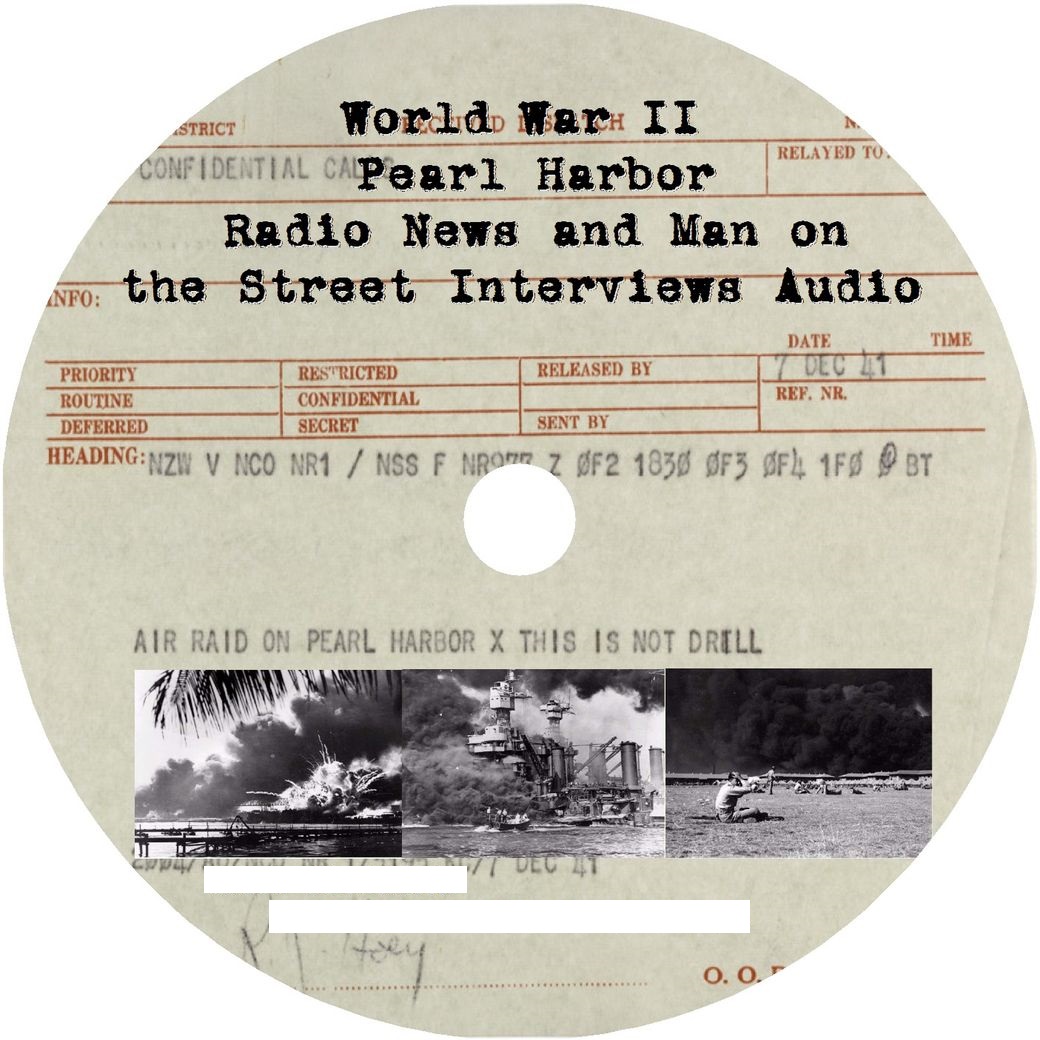
Man on the Street Interviews and Pearl Harbor Attack Radio News Broadcasts
$19.50
Description
Pearl Harbor: Voices of America
Timeline of Events
- October 24, 1941:NBC reporter Ted Steele reports on the deteriorating relationship between the United States and Japan on NBC’s Blue Network.
- Navy Secretary (Frank) Knox is reported as saying that a collision with Japan was inevitable.
- December 7, 1941:Japanese forces attack Pearl Harbor in Hawaii.
- Twelve radio bulletins are broadcast in the United States (eleven on this date) regarding the attack.
- December 8, 1941:Alan Lomax, “assistant in charge” of the Library of Congress’s Archive of American Folk Song, sends a telegram to eighteen fieldworkers across the U.S.
- The telegram instructs fieldworkers to collect “man-on-the-street” reactions of ordinary Americans to the bombing of Pearl Harbor and the declaration of war by the United States.
- Fieldworkers begin recording interviews in fourteen states and the District of Columbia.
Cast of Characters
- Alan Lomax: “Assistant in charge” of the Archive of American Folk Song at the Library of Congress. He initiated the “man-on-the-street” interviews following the Pearl Harbor attack by sending telegrams to fieldworkers. He also participated in recording interviews in Washington, D.C.
- Ted Steele: NBC reporter who reported on the worsening relationship between the U.S. and Japan on October 24, 1941.
- (Frank) Knox: Navy Secretary who stated that a collision with Japan was inevitable in his comments on October 24, 1941.
- Philip H. Cohen: Fieldworker who participated in recording interviews in Washington, D.C., alongside Alan Lomax.
- Robert E. Barton Allen: Fieldworker who recorded interviews at Indiana University in Bloomington, Indiana.
- Charles S. Johnson: Fieldworker who recorded interviews at Fisk University in Nashville, Tennessee, alongside Lewis Jones.
- Lewis Jones: Fieldworker who recorded interviews at Fisk University in Nashville, Tennessee, alongside Charles S. Johnson.
- Charles L. Todd: Fieldworker who recorded interviews in New York City, along with Robert Sonkin.
- Robert Sonkin: Fieldworker who recorded interviews in New York City, along with Charles L. Todd.
- Fletcher Collins: Fieldworker who recorded interviews in Burlington, North Carolina.
- Leland Coon: Fieldworker who recorded interviews in Madison, Wisconsin.
- John Henry Faulk: Fieldworker who recorded interviews in Austin, Texas.
- John A. Lomax: Fieldworker who recorded interviews in Dallas, Texas. Note this is most likely Alan Lomax’s father.
- Duncan Emrich: Fieldworker who recorded interviews in Denver, Colorado.
- Charles T. Harrell: Fieldworker who recorded interviews in Buffalo, New York.
Day After Pearl Harbor “Man on the Street” Interviews and Pearl Harbor Attack Radio News Broadcasts
This collection contains 89 editions, totaling 10,850 pages, of the journal Military Review, published by the Command and General Staff School at Fort Leavenworth, Kansas, between March 1938 and December 1948.
The Command and General Staff College (CGSC), a graduate-level institution for U.S. military officers, was established in 1881 by General William Tecumseh Sherman and was originally named the School of Application for Infantry and Cavalry. The school began publishing Military Review in 1922. In 1938, the publication was called the Command and General Staff School Quarterly Review of Military Literature but later transitioned to a monthly format in April 1943 under the simpler title Military Review. The journal’s purpose was to provide an open forum for the examination of military concepts, doctrine, and principles.
These publications, spanning the pre-war, wartime, and post-war periods of World War II, offer a distinctive perspective on American military thinking and developments. During the war, Military Review served as a current professional military journal, featuring information, analysis, and doctrine, as well as translations and summaries of significant foreign military writings. Notably, it even included translations of German military articles produced during the conflict. Prior to World War II, the Military Review primarily focused on military theory, tactics, and the use of equipment in past European conflicts. However, the war significantly shifted the journal’s perspective. It moved away from outdated concepts like 19th-century cavalry charges and became directly involved in the war effort. Once the United States entered the war, the journal’s articles shifted to tactical applications of military forces based on ongoing operations in Europe, the Pacific, and Africa. Most of the content came from American officers sharing their recent combat experiences, with articles covering topics such as capturing enemy positions, massing artillery, supplying gasoline in combat, and armored division tactics.
To meet the demand for war information, the Military Review transitioned from a quarterly to a monthly publication in April 1943. As the war continued, the journal expanded its sources to include foreign military publications, gaining insights from both allied and enemy forces.
After two years of American involvement in the war, the journal’s main goal became to disseminate knowledge about current strategic, tactical, and logistical operations. This is evidenced by the articles published in the January 1944 issue, which included pieces on the 1943 invasion of Italy, Soviet Army pursuit tactics, the Army Service Forces hospital reconditioning program, and the IV Fighter Command of the Army Air Forces. Here’s a paraphrased version of the text, sentence by sentence:
A lecture on amphibious operations was given by Lieutenant Colonel Raymond O. Ford from the Ordinance Department.
A new teaching method is being implemented at Leavenworth, presented by Major Lawrence L. Jarvie of the Adjutant General’s Department.
Lieutenant Colonel Jay C. Whitehair, from the Cavalry, introduced the concept of a task force.
A difficult question facing the G-1 section was discussed by Lieutenant Colonel Louis Duenweg, also from the Adjutant General’s Department.
Major F. O. Miksche presented a study of the 1944 Blitzkrieg.
Lieutenant Colonel Byron L. Paige of the General Staff Corps spoke about combat in jungle environments.
A comparison of the British and U.S. staff systems was offered by Lieutenant Colonel Frank S. Henry, from the Cavalry.
Lieutenant Colonel W. H. Van Dine of the Quartermaster Corps provided material for consideration.
Captain Earl Bishop of the Infantry discussed how to defend against an airborne assault.
Lieutenant Colonel J. M. Pittman, also from the Infantry, spoke about reorganizing the Armored Division.
Colonel Henry J. Schroeder of the Signal Corps emphasized the need for more and better G/A-1 personnel.
Wing Commander M. T. Judd from the Royal Air Force presented information about their organization.
Lieutenant Colonel H. C. Dozer, Jr., from the Coast Artillery Corps, discussed anti-aircraft artillery in landing operations.
Captain Nathan Blackman of the Medical Corps suggested utilizing mental health professionals.
Lieutenant Colonel Hubert E. Thorner of the Infantry presented information on barrier construction and defenses against mechanized units.
There are military updates from around the world.
The foreign military digests section included articles on:
How cavalry and tanks work together.
The fight for control of the Aegean Sea.
Using aircraft to adjust artillery fire.
The role of reconnaissance in finding key terrain features and weak points.
Temporary bridges built by the Germans.
Using tanks in combat within mountain valleys.
The use of airborne troops.
How to control troops during battle.
A successful example of how tanks used terrain.
The work of the German Women’s Labor Service.
Self-propelled artillery in offensive operations.
The combat formation of an anti-aircraft regiment while protecting other troops.
How to use terrain in a tank battle.
The challenges of warfare in mountainous areas.
How different military branches work together to develop an attack.
Combined operations of motorized infantry and tanks.
The battle for a single hill.
The use of assault guns on the Eastern Front.
The role of a tank unit commander in battle.
Air attacks against enemy railway systems.
A battle involving a ski battalion.
The role of air power at Salerno. Following the conclusion of the war, Military Review had the capacity to gather, refine, and share the lessons learned from the numerous combat encounters of World War II for many years to come.
Related products
-


Operation POPEYE in the Vietnam War
$5.94 Add to Cart -
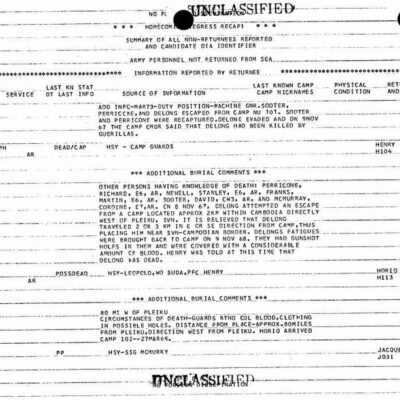
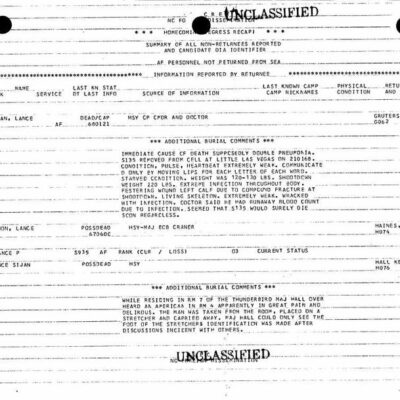
Vietnam War: POW/MIA Summary of All Reported Non-Returnees
$19.50 Add to Cart -
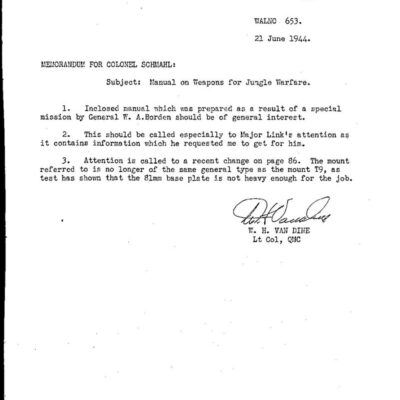
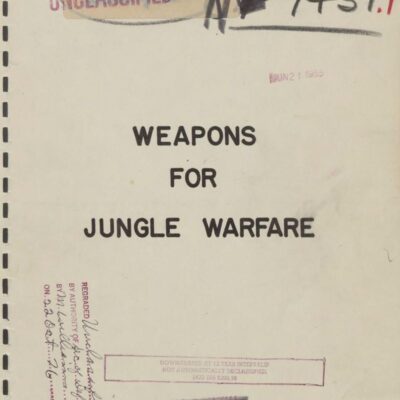
World War II Manual on Weapons for Jungle Warfare (1944)
$1.99 Add to Cart -
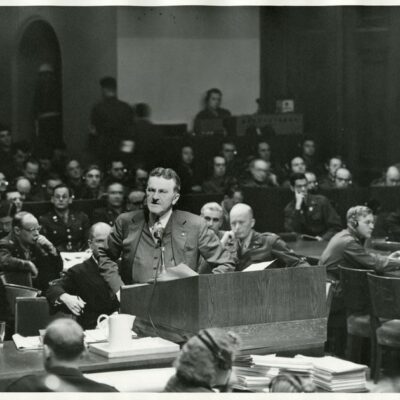
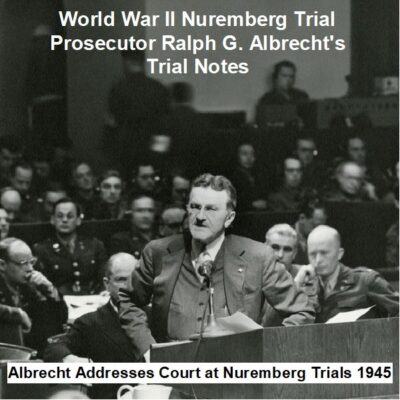
Trial Notes of Ralph G. Albrecht, Prosecutor at the Nuremberg Trials of World War II
$3.94 Add to Cart